Weaver Leather All-Purpose Pueblo Contoured Saddle Pad, 32 in. x 32 in., Indigo
The Weaver Leather All Purpose Contoured Saddle Pad has a contoured design, to provide a better fit and less saddle roll. And, the Merino wool fleece bottom helps relieve pressure on the withers, for added comfort.
The Weaver Leather All Purpose Contoured Saddle Pad has a contoured design, to provide a better fit and less saddle roll. And, the Merino wool fleece bottom helps relieve pressure on the withers, for added comfort. This saddle pad features cutouts at wear leathers, for a close contact fit, and a 1 inch, self-contouring, layered felt insert. The Contoured Saddle Pad is covered with durable, Pueblo patterned indigo Herculon fabric, for easy removal of burrs and multiflora rose thorns.
- Contoured Saddle Pad has a durable Herculon fabric top, for easy removal of burrs and multiflora rose thorns
- All purpose pad has a 1 in. self-contouring, layered felt insert
- Contoured saddle pad for better fit and less saddle roll
- Features a Merino Wool fleece bottom for added comfort
- Cutouts at wear leathers for a close contact fit
- Satisfaction guaranteed
Additional information
| Design | Pueblo Indigo |
|---|---|
| Insulation Thickness | 1 in. |
| Product Weight | 5.5 lb. |
| Riding Style | Western |
| Warranty | Always Guaranteed |
| Lining Material | Wool |
| Outer Material | Herculon |
| Manufacturer Part Number | 35-9307-H71 |

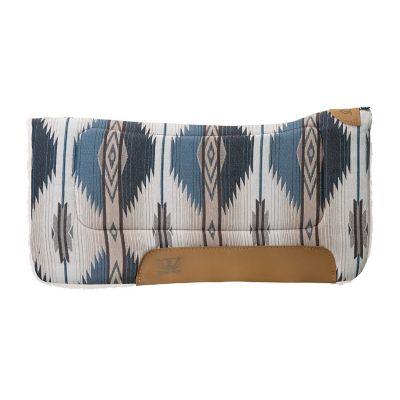

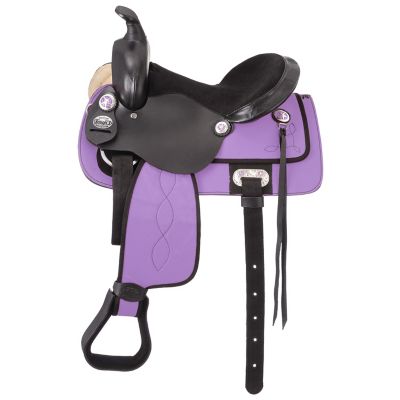
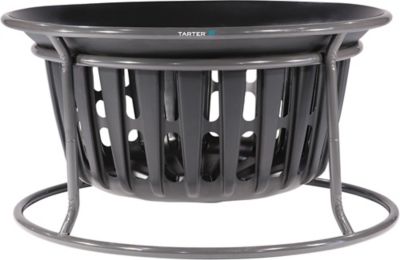

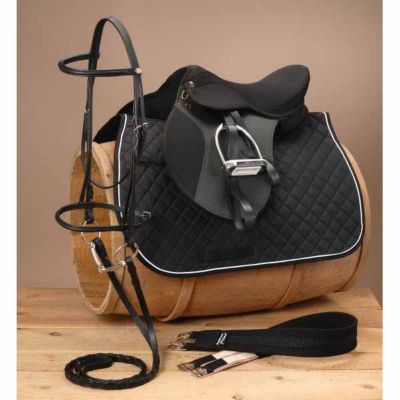


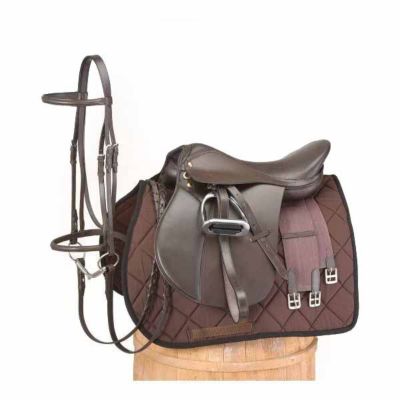
by John
We have not used or tried as of yet, Friday, 12/23/2022… Due to the/this Western Saddle Pad is a Gift/2022 Christmas Present for my 11yr old Daughter & her new Horse(s)…
by Andrew
Very pretty and soft. Does its job, got a few compliments.
by Barton
Great pad for daily exercise sessions and a quick grab.
by Jen
good pad pattern is nice as well could be a bit more contoured.
by Brandy
It’s very pretty! Love the Aztec look and it’s think which is just what I was looking for! Love it!
by Dela
This saddle blanket is really nice. Think enough for horse comfort but not too thick to increase body temperature while riding.
by Chelsie
Anthony at the Lebanon Tractor Supply was fantastic. I would recommend him to anybody looking for help in the store.
by Skyler
This is an excellent saddle pad for the money. With the price of a good pad often being over 200.00 it was nice to find a good looking, well made pad with a contour as well! It fits horse and saddle well offering protection and wicking away some of the sweat.